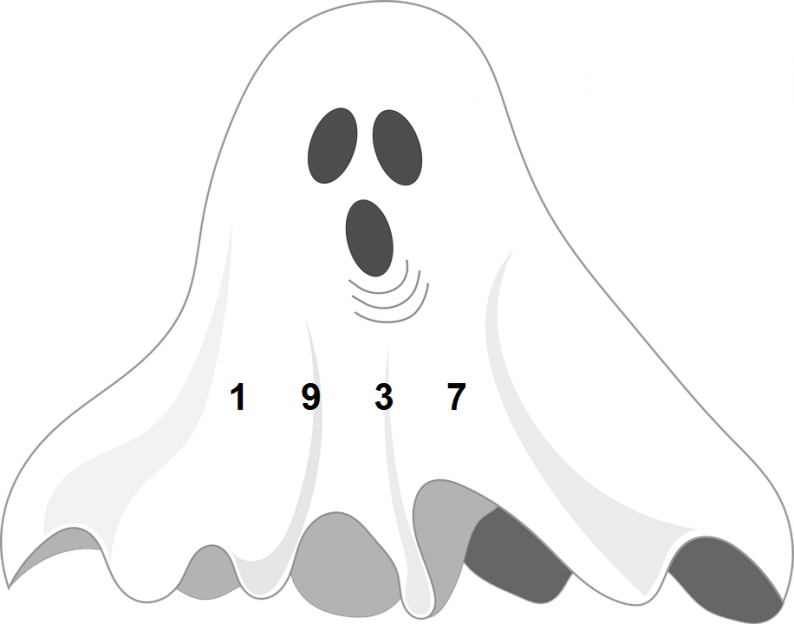An Imaginary Bogeyman
What’s a Keynesian monetary quack to do when the economy and markets fail to remain “on message” within a few weeks of grandiose declarations that this time, printing truckloads of money has somehow “worked”, in defiance of centuries of experience, and in blatant violation of sound theory?
In the weeks since the largely meaningless December rate hike, numerous armchair central planners, many of whom seem to be pining for even more monetary insanity than the actual planners, have begun to berate the Fed for inadvertently summoning that great bugaboo of modern-day money cranks, the “ghost of 1937”.

The bugaboo of Keynesian money cranks – the ghost of 1937.
As the story goes, the fact that the FDR administration’s run-away deficit declined a bit, combined with a small hike in reserve requirements by the Fed “caused” the “depression-within-the-depression” of 1937-1938, which saw the stock market plunging by more than 50% and unemployment soaring back to levels close to the peaks seen in 1932-33.
This is of course balderdash. If anything, it demonstrates that the data of economic history are by themselves useless in determining cause and effect in economics. It is fairly easy to find historical periods in which deficit spending declined a great deal more than in 1937 and a much tighter monetary policy was implemented, to no ill effect whatsoever. If one believes the widely accepted account of the reasons for the 1937 bust, how does one explain these seeming “aberrations”?

The DJIA in 1937 (eventually, an even lower low was made in 1938, see also next chart)
As we often stress, economics is a social science and therefore simply does not work like physics or other natural sciences. Only economic theory can explain economic laws – while economic history can only be properly interpreted with the aid of sound theory.
Here is how we see it: If the authorities had left well enough alone after Hoover’s depression had bottomed out, the economy would have recovered quite nicely on its own. Instead, they decided to intervene all-out. The result was yet another artificial inflationary boom. By 1937 the Fed finally began to worry a bit about the growing risk of run-away inflation, so it took a baby step to make its policy slightly less accommodative.
Once the artificial support propping up an inflationary boom is removed, the underlying economic reality is unmasked. The cause of the 1937 bust was not the Fed’s small step toward tightening. Capital had been malinvested and consumed in the preceding boom, a fact which the bust revealed. Note also that a huge inflow of gold from Europe in the wake of Hitler’s rise to power boosted liquidity in the US enormously in 1935-36, with no offsetting actions taken by the Fed.
Moreover, the Supreme Court had just affirmed the legality of several of the worst economic interventions of the crypto-socialist FDR administration, which inter alia led to a collapse in labor productivity as the power of unions was vastly increased, as Jonathan Finegold Catalan points out here. He also notes that bank credit only began to contract after the stock market collapse was already well underway – in other words, the Fed’s tiny hike in the minimum reserve requirement by itself didn’t have any noteworthy effect.
On the other hand, if the Fed had implemented the Bernanke doctrine in 1937 and had continued to implement monetary pumping at full blast in order to extend the boom, it would only have succeeded in structurally undermining the economy and currency even more. Inevitably, an even worse bust would eventually have followed.













Leave A Comment